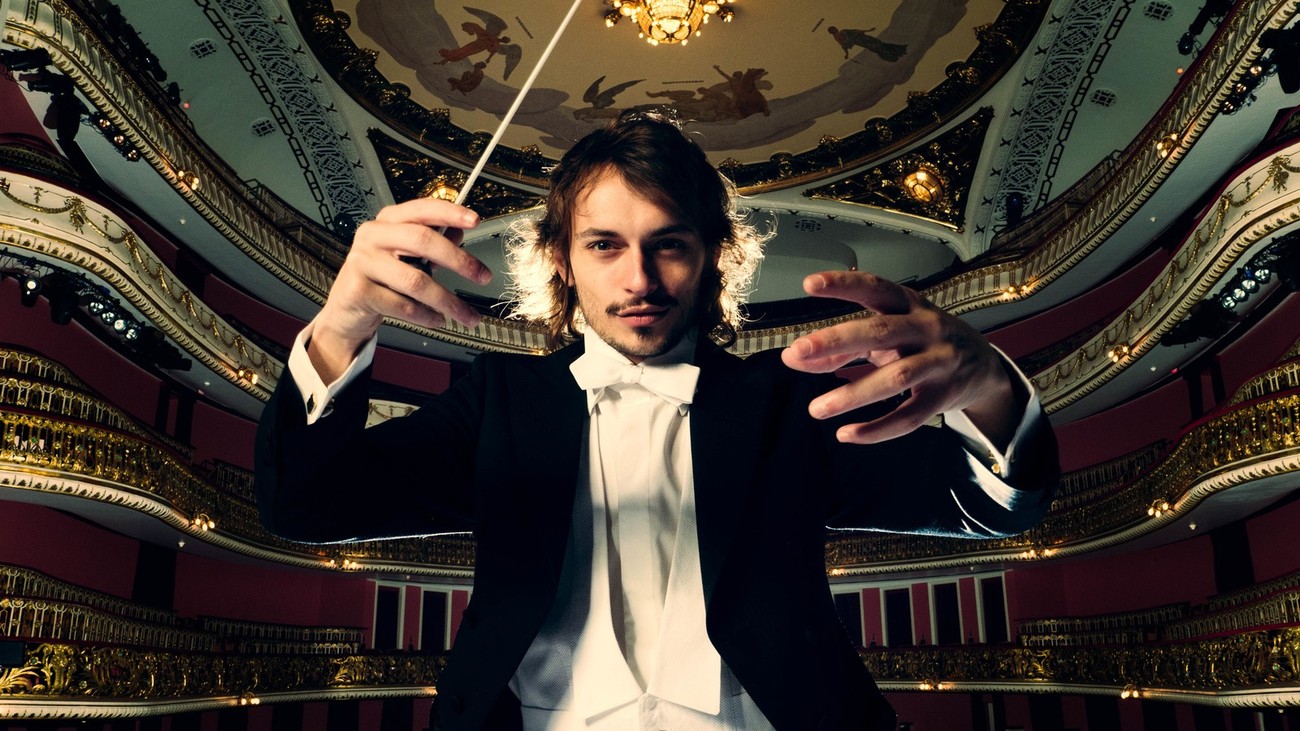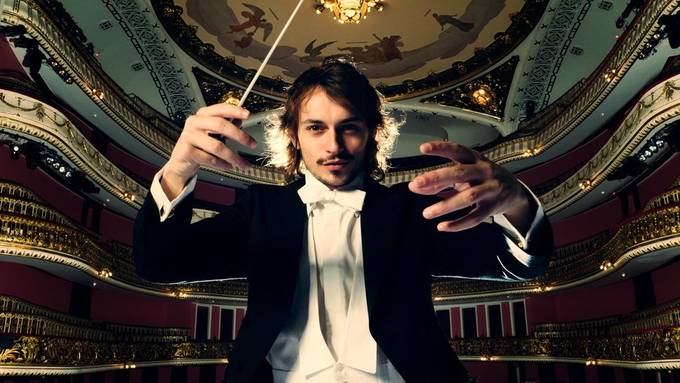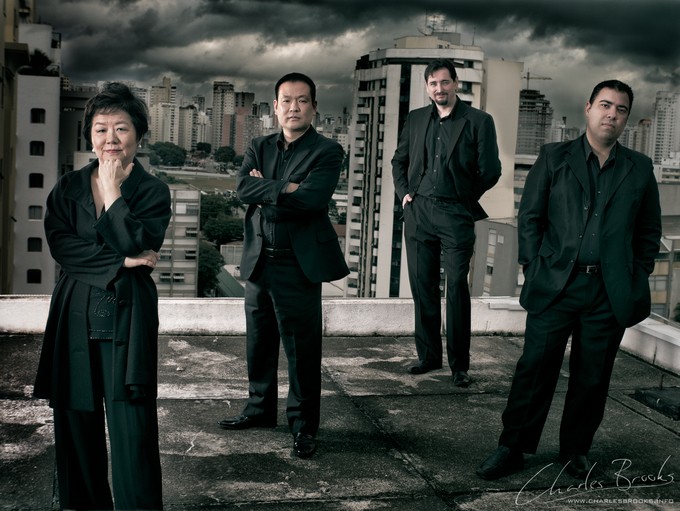Auckland based photographer Charles Brooks is internationally renowned for his commercial, portrait and landscape photos. In the last 20 years he has lived in Australia, Taiwan, China, Chile and Brazil, and worked in dozens of other countries. His musician portraits are in constant use by conductors, soloists, orchestras, and directors in the world’s most important concert halls and opera houses. Photography competition website Viewbug noticed that I keep winning awards. They asked me how I do it, so here are my top seven tips for shooting compelling people shots:
1. Make your own light
Want to stand out? Try manipulating light. People always ask me what camera I use. I avoid the question. Instead I talk about the 60 kilos of lighting gear I take on location with me! (you definitely don’t need this much, I just like to show off). At the very least you should travel with a reflector. I like to completely change the light where possible, to achieve a unique look regardless of what kind of camera I’m using.
My most important lights are my three 1000 watt studio strobes. Thanks to a battery pack by Godox I can take them anywhere. With these lights I can do anything from subtly filling in shadows, to completely overpowering the sun and turning day into night (a personal favourite). They’re also strong enough light up concert halls, which is something I do quite often. I always carry 1 softbox and a collapsable beauty dish with them.
Maestro Eduardo Strausser, shot in an opera house in Brazil lit with 2 1000 watt strobes
The Quarteto Camargo Guarnieri, shot in bright midday sun. I used strobes on full power and an ND filter to overpower the sun and to darken the clouds.
2. Work with the best assistants that you can.
Having a professional makeup artist, fashion or set designer can really transform a portrait. If your client can’t pay for it ask whether they might be interested in licensing the images for advertising. I’ve brought jewellery designers, makeup artists and florists together to do shoots that none of them could afford on their own. At the end the client gets better photos, and everyone else gets great advertising material.
Carlita Arantxa Serón Ramos, makeup by Carolina Schmidt Eggers
Claudia Ribeiro Do Nascimento, Scenery, Vanezza Oz. Jewelery, Gabriel Amaral. Makeup, Claudinei Hidalgo.
3. Get freaky
My photos are not about documenting reality. My goal is to make people look fantastic, even supernatural. This is where special effects come in. I love using levitation in my photos, everyone wants to fly. It’s not a difficult effect to achieve. At its most simple you put the camera on a tripod and photograph the model on a chair. Then you remove the model and the chair and take a photograph of the background. A quick trip to photoshop to combine the images and you’re done. The more objects you want levitating the more work is involved, but the principal remains the same. There are many fantastic youtube tutorials on how to do this, watch a few and combine the best ideas from each.
Behind the scenes of SPLAT with the Duo Ayous
SPLAT with the Duo Ayous
4. Try other people’s techniques
There is always someone out there finding new exciting things to do with a camera. Copy them! Often you’ll find a new twist on the technique that you can make your own. I was inspired by Eric Pare to make a special stick to paint with light. His shots are magnificent, but I found his lights underpowered so I built my own version. I use a broom handle covered in LEDs with a 12 volt battery pack taped to the bottom. With that I can paint striking colours behind my clients. I like to use a strobe on 2nd curtain flash to make sure they look really sharp even during multi second exposures.
Light painting with Eleanor Piccione, 4 seconds, 2nd curtain flash
Trumpeter José Vitor Assis in Ouro Preto, Brazil. Long exposure lit by the LED light stick, no flash
5. Can’t find a good location? Invent one!
Some of my favourite photos are in places that don’t really exist. You can use props to fill an empty room, or even combine a few spaces into one in photoshop. Don’t like the view from the windows? Change it. Don’t have enough books in your bookshelf? Shoot them, move them, shoot again, and layer it in post. Don’t let reality stop your creativity.
Estate Agent Daryl Spence in a made up office with an impossible view.
6. Ask your clients and friends for locations
Location is so important I’ve included it twice. Some of my best photos were shot in places that the public can’t access. Ask your clients and friends if they have access to the top of a tall building, a large industrial space, a building site or even an abandoned hospital… You never know what might come up. Most of these places would have been impossible to shoot if I’d tried to ask through the official channels, but because I knew someone who knew someone suddenly they were mine to use.
Mauro Lombardi Brucoli on top of a skyscraper in Brazil
Ella Xunhuan Zhou in a piano restoration factory
7. Keep the rights to your images
You’ve taken a wonderful portrait. The client’s happy, you’ve been paid. Now it’s time to upload it to Viewbug and show the world how good you are. Just make sure you have permission! Before I shoot anything I sign a contract with my clients to make sure I retain the right to use my photos in competitions, galleries, and my own portfolio. Be careful which competitions you enter! Viewbug has some of the most photographer friendly terms in the industry, but not everywhere is the same. Be wary of competition sites that can sell your images to third parties with little or no recompense, you’d be surprised just how many do this.
Cathedral Cove, One of my most awarded photos on Viewbug
For more tips message me on Facebook , I love to hear from other photographers.
You can see more of my work at www.charlesbrooks.info














